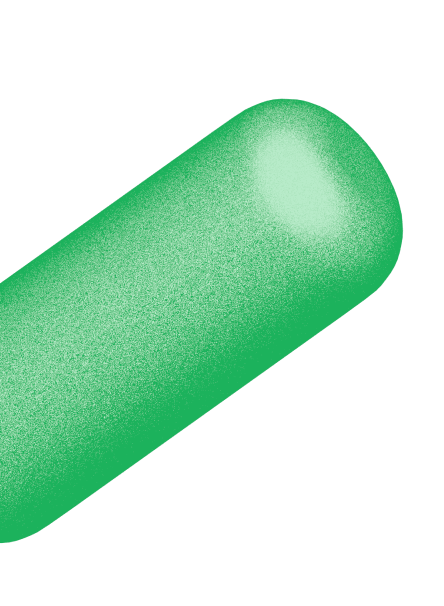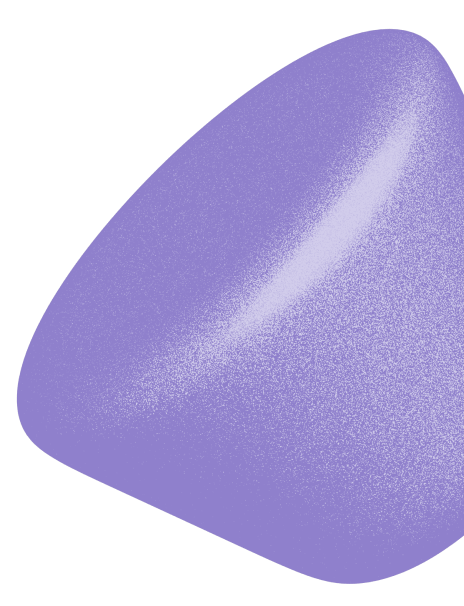Why Jaguar was in desperate need of a rebrand

- Despite all the negative noise around Jaguar’s futuristic, “vape-adjacent” rebrand, it was done for a reason. Sales were down, falling from 180,000 in 2018 to fewer than 67,000 in 2023.
- Tracksuit data shows that Jaguar has a serious top-of-funnel conversion leak, with 74% awareness converting to only 11% consideration. This makes the conversion rate 15% – much lower than the competitor average of 31%. TLDR: People know the brand but don't consider buying their cars.
- How does this happen? Well, Jaguar rated the lowest amongst competitors for association with the statement ‘Is for people like me’, which is the biggest driver of conversion from Awareness to Consideration. Essentially, consumers just don’t believe Jaguar is for “people like them”.
- Consumers in this category who associate a brand with ‘Is for people like me’ are 3.2 times more likely to convert from Awareness to Consideration.
On Tuesday 19 November, the world was changed forever. Or, at least, that’s what the cacophony of people online would have you believe, based on the volume of opinions that rolled out of the Hot Takes Factory.
19th November was the day luxury British car brand Jaguar dropped its teaser rebrand video: a futuristic, otherworldly trailer that saw people in bright coloured jumpsuits traverse a pink planetary landscape amidst platitudes like “Copy nothing” and “Delete ordinary”. It signalled a total fundamental pivot to producing a fully electric fleet.
It was divisive, to say the least. Every person with “marketing” or “strategist” in their LinkedIn job title weighed in on what they thought about the whole debacle, with an overwhelming number of people opinioning that it was a huge, huge mistake. It’s estimated that nearly 1 billion people saw the rebrand in some way.
Jaguar is more traditionally associated with tweed suits, cigars, and a certain type of man (named in this Esquire article, opens in new tab as the “Jag Man”), and this visual identity blew that completely out of the water. Instead of aligning itself with its nostalgic roots, Jaguar said, let’s give the kids something new.
Why did they do it? To put it simply, Jaguar were doing badly. They weren’t selling enough cars, making enough money, or in the cultural conversation nearly enough.
Managing director Rawdon Glover said, “Changing brand perception takes a long time… what’s great is we got people talking about Jaguar. In the last five, 10, 20 years, nobody’s been talking about Jaguar. We consciously wanted to get Jaguar into the cultural gulf stream.”
The drop-off between awareness to consideration
Tracksuit data in the UK shows that Jaguar has a worrying top-of-funnel conversion leak, with the conversion rate from Awareness to Consideration only 15%. To put this into perspective, the competitor average in the New Cars category is 31%.

In layman’s terms, this means that while Jaguar has high awareness (74%), only 15% of those people then convert down to even considering buying a Jaguar vehicle.
This clearly shows that Jaguar’s vital need is to move new car consumers further down the funnel – basically, appeal to a different audience than it already does. From Jaguar’s point-of-view, this rebrand was obviously a way to emotionally connect with and reel in that audience.
Consumers view Jaguar as “premium” and “heritage” – but this isn't what makes people want to buy cars
Other dissenters of the new Jaguar rebrand complained that it was wasting its long-earned sense of heritage and tradition, but we can see in our data that this is not what makes people want to buy new cars.
In the category, Jaguar sits higher than its competitors when it comes to Statements like “is a premium brand” (55%) and “is a heritage brand” (66%). However, these statements don’t actually have a strong impact on conversion.
When we look at what Statements actually drive people down the funnel, the top three drivers are:
- Is for people like me
- Is a brand I trust
- Is a reliable brand
Consumers in this category who associate a brand with “Is for people like me” are 3.2 times more likely to convert from awareness to consideration.
Revealingly, Jaguar sits at the bottom of the entire category when it comes to people thinking Jaguar is for them. Of those aware of Jaguar, only 13% of people associate the brand with ‘Is for people like me’.

When it comes to ‘Is a brand I trust’, they’re also closer to the bottom, with only 21% of people aware of Jaguar associating it with trustworthiness. Unsurprisingly, Tesla is at the bottom, while Toyota leads. Jaguar also sits second-to-last when it comes to reliability.
Brand-building is a marathon not a sprint 🏃
It will take some time for Jaguar’s rebrand to reflect in brand tracking data, but it’s definitely one we’ll keep our close eye on. With most of Jaguar’s production on pause now in anticipation for a big launch in 2026, we can only wait.
In March 2025, a model of the Jaguar Type 00, opens in new tab, an electric behemoth in ultramarine blue, made its debut in Paris – with actor Barry Keoghan stepping out for dramatic effect – to keep the cultural conversation alive.
Creative chief Gerry McGovern, who had been with Land Rover since 2004, said of Jaguar’s future: “It might sound arrogant – it’s not meant to. But I’ve not failed yet and I don’t intend to, not now, because Jaguar is too important to me.”
We’ll see you back here with updated data soon.








